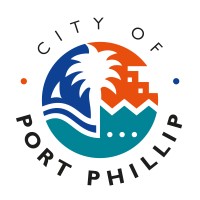
City of Port Phillip
The City of Port Phillip was formed in 1994 and is an amalgamation of the former cities of Port Melbourne, South Melbourne and St Kilda. We are an inner city council in Melbourne that includes the following neighbourhoods; St Kilda, Elwood, South Melbourne, Windsor, Ripponlea, Balaclava, St Kilda East, Port Melbourne, Albert Park, Middle Park. Council respectfully acknowledges the Traditional Owners of this land, the people of the Kulin Nations. We pay our respect to their Elders, past and present. We acknowledge and uphold their continuing relationship to this land.






